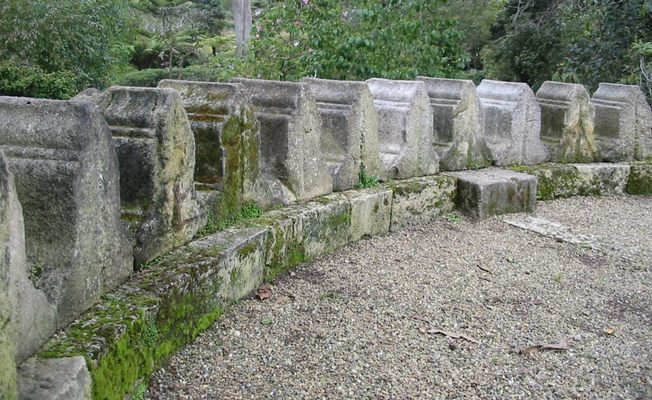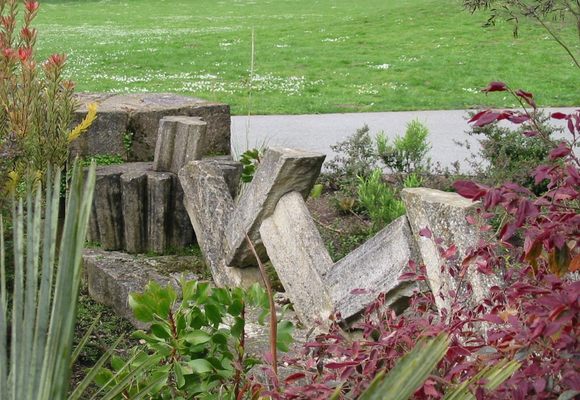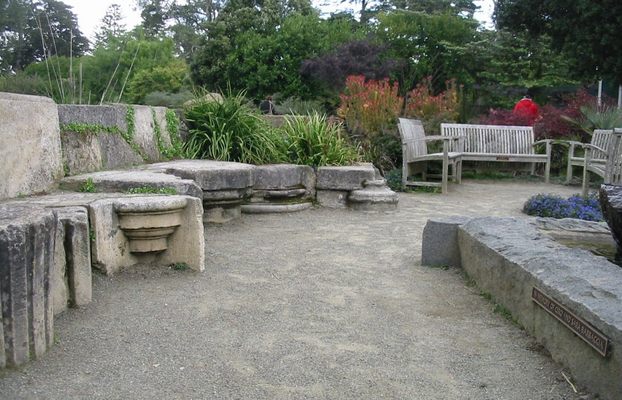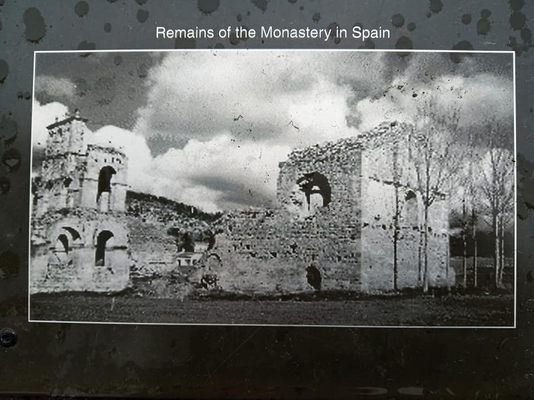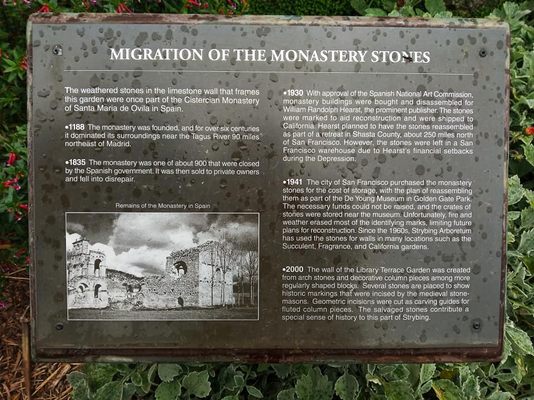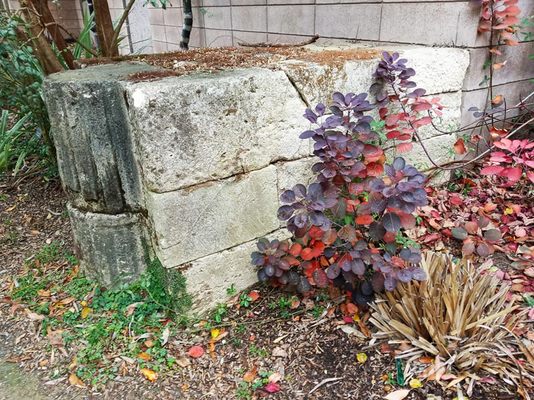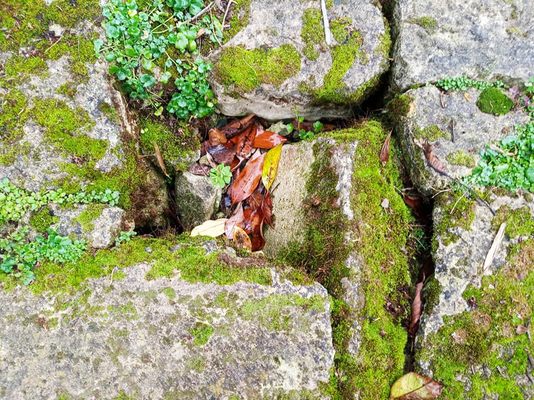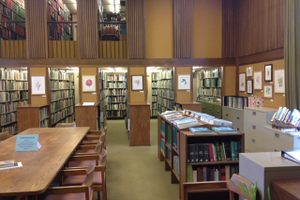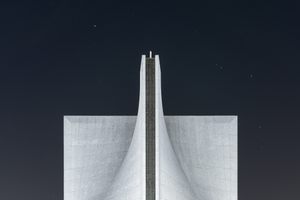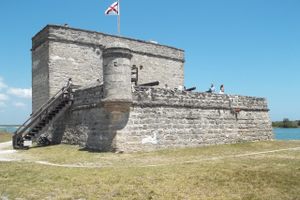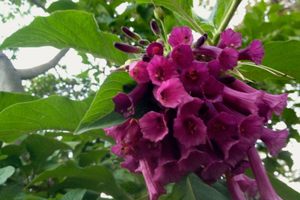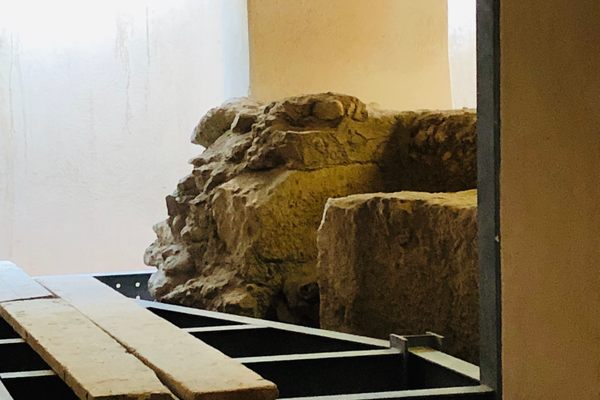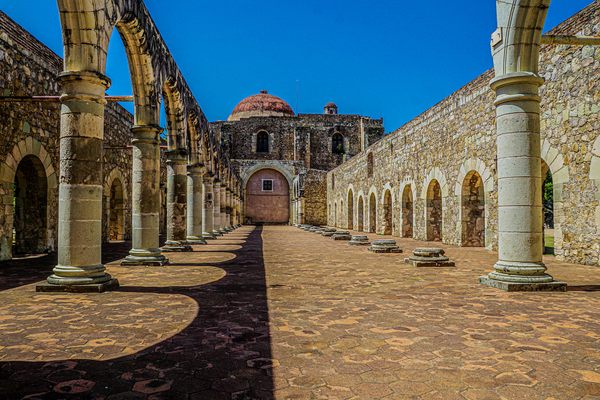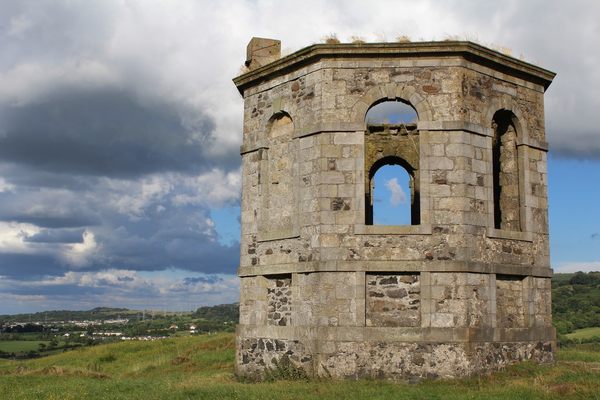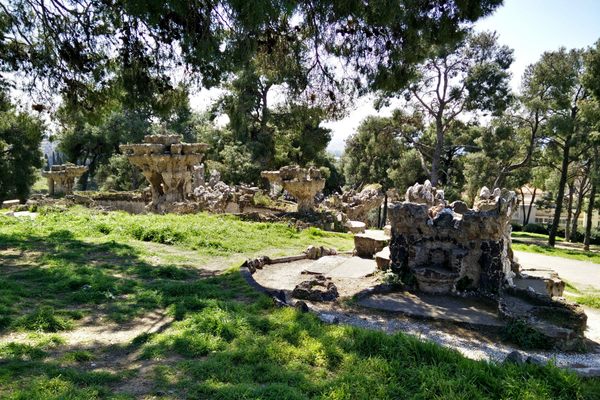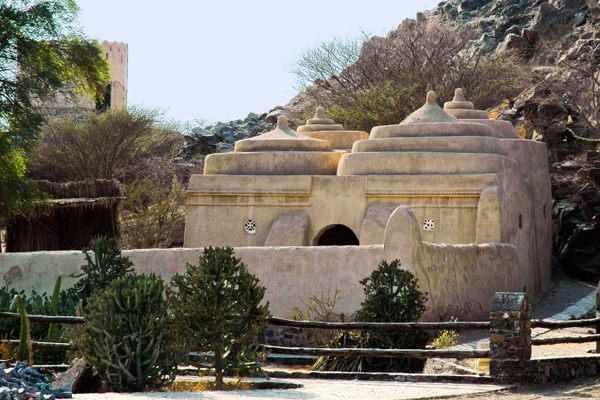About
There are some very old stones scattered throughout Golden Gate Park, unremarkable at first glance, but when assembled they form the soaring arches and ornately carved pillars of a medieval Spanish monastery.
The stones originally made up the 12th-century Cisterian monastery of Santa Maria de Ovila in Spain. The abandoned buildings were purchased by William Randolph Hearst in 1931, part of his elaborate Wyntoon estate building project in Northern California. It took 11 ships to bring all of the stones to the U.S., where they were stored in a San Francisco warehouse.
When the Depression began to take its toll on Hearst's fortunes, he abandoned the project and sold the stones to the city. San Francisco made plans to rebuild the structure in Golden Gate Park—a project immediately complicated by a fire that destroyed all of the packing crates showing the key markings for reconstruction.
Finally, in the 1960s, the remaining stones were distributed throughout the park, including the Library Terrace Garden in the San Francisco Botanical Gardens and the Japanese Tea Garden.
Elsewhere in the park, so-called "Druid Circles" hide in the wooded areas and act as sacred spaces for occasional ceremonies. Further north in Sacramento Valley, the remainder of the stones are getting a new lease on life as the Chapter House of the Abbey of New Clairvaux.
Related Tags
Know Before You Go
The stones can be located near the southern entrance off Martin Luther King Jr. Drive & close to 9th Avenue. They are just to the left of the ticket booth.
Community Contributors
Added By
Published
November 16, 2010
Sources
- The Monastery Stones: http://www.sfcityguides.org/public_guidelines.html?article=242&submitted=TRUE&srch_text=stones&submitted2=TRUE&topic=
- Chapter House Reconstruction: Sacred Stones: http://www.newclairvaux.org/chapter-house-reconstruction.html
- Wikipedia: Santa Maria de la Oliva: http://en.wikipedia.org/wiki/Santa_Mar%C3%ADa_de_la_Oliva
